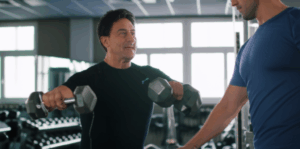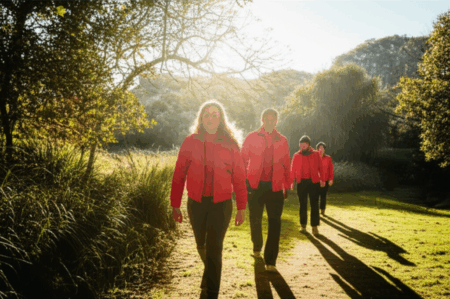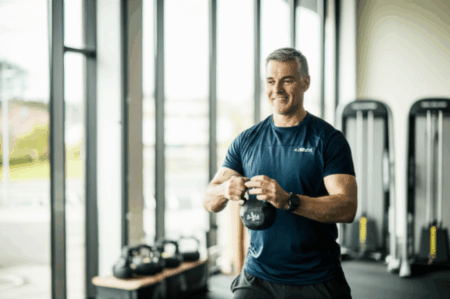The 20s are a pivotal decade for men to forge a robust foundation for lifelong health and well-being. With peak energy levels, faster recovery rates, and optimal hormonal responses, this period offers an unparalleled opportunity to sculpt a physique that is not just aesthetically pleasing but also profoundly functional, resilient, and ready for the challenges of life. This comprehensive blueprint outlines six foundational exercise categories designed to systematically enhance strength, flexibility, and resilience, providing the framework for a healthier, more capable future.
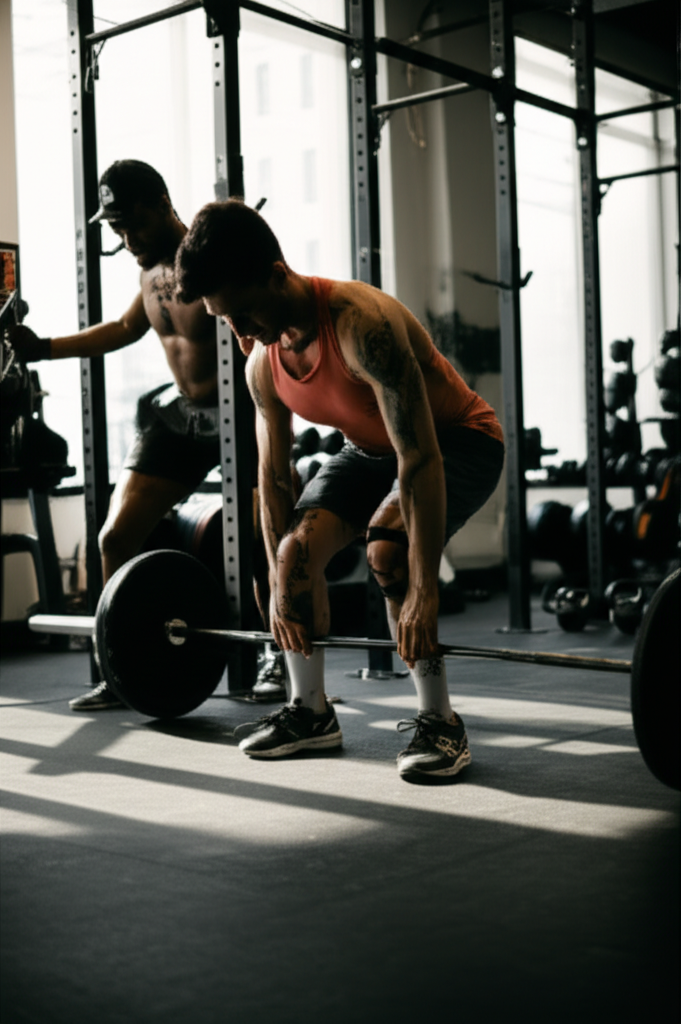
Why Your 20s Are Prime for a Fitness Transformation
Your body in its 20s is a powerhouse, primed for significant muscle growth, improved bone density, and enhanced cardiovascular conditioning. Neglecting fitness during this time can lead to a decrease in muscle mass, bone density, and metabolic rate as you age. By focusing on a balanced approach that integrates strength, flexibility, and mental fortitude, you can proactively reduce the risk of future health issues, boost energy, and maintain a higher metabolic rate.
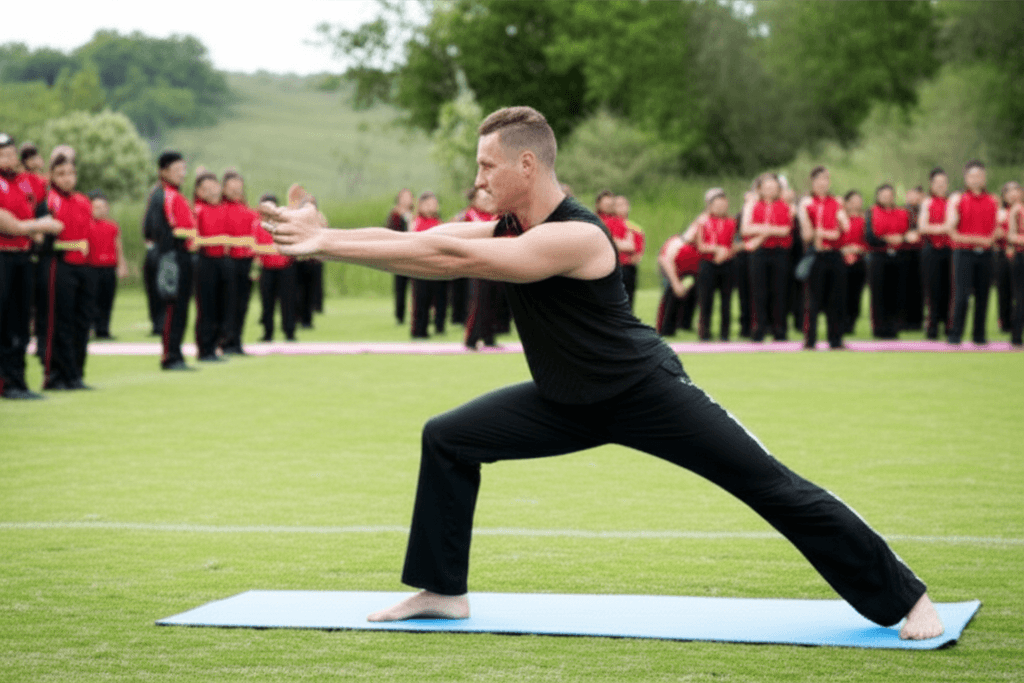
The Foundational Pillars: Strength, Flexibility, and Resilience
A truly “ultimate” fitness blueprint goes beyond just lifting heavy. It encompasses:
- Strength: The ability to generate force, crucial for daily tasks, athletic performance, and maintaining an active lifestyle as you age.
- Flexibility and Mobility: The range of motion in your joints and the ability of your muscles to lengthen, preventing injury, improving posture, and enhancing movement efficiency.
- Resilience: The capacity to adapt and recover from physical and mental stress, crucial for consistency in training and navigating life’s demands.
This blueprint emphasizes compound movements, which engage multiple muscle groups simultaneously, leading to greater muscle growth, increased calorie expenditure, and improved intermuscular coordination. They also contribute to stronger bones, higher levels of anabolic hormones, and improved flexibility.
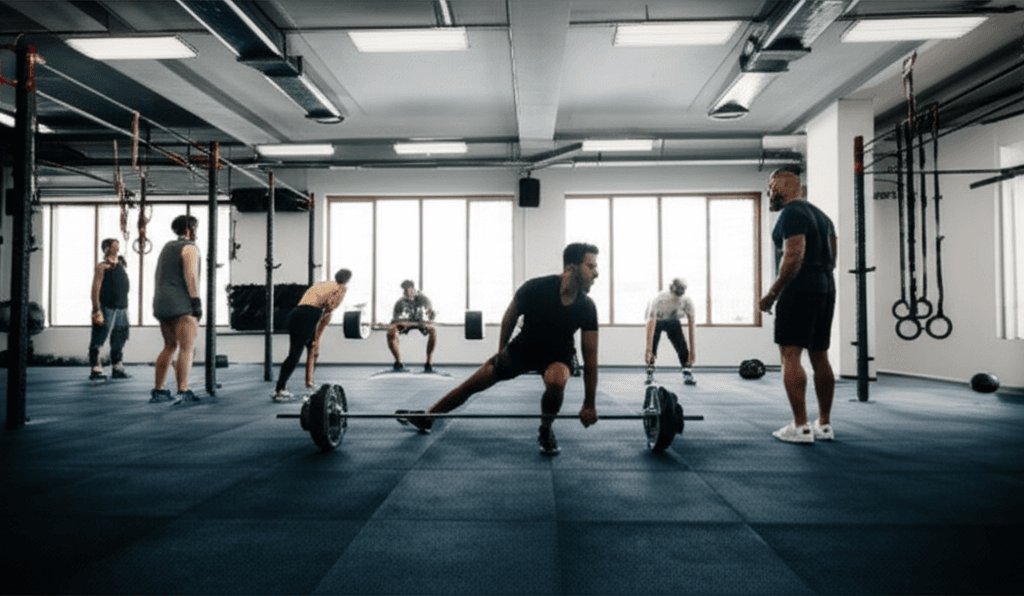
Six Essential Exercise Categories for Men in Their 20s
To build a well-rounded physique and robust health, focus on these six categories, emphasizing proper form and progressive overload.
1. The King of Lower Body: Barbell Squats
Squats are undeniably the “king of all exercises” for good reason, working multiple muscle groups including the quadriceps, hamstrings, glutes, and core. For men in their 20s, squats are vital for developing bone density, significant lower body strength, and overall athleticism. They also lay the groundwork for improved flexibility and mobility, particularly in the hips and knees, which can safeguard against injuries later in life.
How Squats Build Strength, Flexibility, and Resilience:
- Strength: Engages large muscle chains for powerful lower body development.
- Flexibility: Promotes hip and ankle mobility when performed through a full range of motion.
- Resilience: Builds mental toughness as you learn to push through challenging sets and maintain form under load.
Proper Form & Progression:
Start with bodyweight squats to master the movement pattern, ensuring your thighs are parallel to the floor (or deeper) while maintaining a neutral spine. Gradually add weight with a barbell, focusing on controlled descents and explosive ascents. Aim for 3-5 sets of 5-10 repetitions, increasing weight as form allows.
2. The Full-Body Powerhouse: Deadlifts
Often considered the most primal of exercises, the deadlift is unparalleled for building overall body strength, primarily targeting the glutes, hamstrings, lats, traps, and core. For men in their 20s, deadlifts are crucial for developing a strong posterior chain, improving posture, and enhancing core stability, which supports the spine.
How Deadlifts Build Strength, Flexibility, and Resilience:
- Strength: Recruits almost every muscle in the body for maximal force production.
- Flexibility: Improves hamstring and hip flexibility when performed with a proper hip hinge.
- Resilience: Requires immense mental focus and determination to lift heavy loads, fostering grit and perseverance.
Proper Form & Progression:
Begin with lighter weights to perfect your hip hinge movement. Keep your back straight, chest up, and the bar close to your body throughout the lift. Engage your core and drive through your heels. Progress by gradually increasing the weight, aiming for 3-4 sets of 3-6 repetitions. Always prioritize form over weight to prevent injury.
3. Vertical Push Prowess: Overhead Press
The overhead press is a fundamental upper body exercise that primarily targets the shoulders (deltoids) and triceps, while also heavily engaging the core for stability. A strong overhead press translates to functional strength for everyday activities and better performance in many sports.
How Overhead Press Builds Strength, Flexibility, and Resilience:
- Strength: Develops powerful shoulders and triceps, crucial for pushing movements.
- Flexibility: Improves shoulder mobility and stability when performed correctly.
- Resilience: Demands significant core engagement and full-body tension, enhancing overall physical control and mental focus.
Proper Form & Progression:
Whether using a barbell or dumbbells, start with the weight at shoulder height, then press directly overhead until your arms are fully extended. Maintain a tight core and avoid arching your lower back excessively. Aim for 3-4 sets of 6-10 repetitions, focusing on controlled movements.
4. Upper Body Pulling Power: Pull-ups/Chin-ups
Pull-ups (overhand grip) and chin-ups (underhand grip) are highly effective bodyweight exercises that build incredible upper body pulling strength, targeting the back (lats, rhomboids, traps), shoulders, and biceps. They are a true test of relative strength and contribute to a well-rounded, strong torso.
How Pull-ups Build Strength, Flexibility, and Resilience:
- Strength: Develops significant pulling strength and builds a wide, powerful back.
- Flexibility: Improves shoulder girdle mobility and extends the lats, counteracting the effects of desk posture.
- Resilience: Mastering bodyweight movements like pull-ups requires patience and consistent effort, building both physical and mental resilience.
Proper Form & Progression:
If you can’t perform a full pull-up yet, utilize assisted pull-up machines, resistance bands, or negative pull-ups (starting at the top and slowly lowering yourself). Focus on pulling your body up until your chin clears the bar, squeezing your shoulder blades together. Aim for 3-5 sets of as many repetitions as possible (AMRAP), or 6-12 controlled repetitions if assisted.
5. Core Stability and Mental Toughness: Planks
Beyond traditional crunches, the plank is a static exercise that profoundly strengthens the deep core muscles, including the abdominals, obliques, and lower back. This builds foundational stability for all other movements and helps protect your spine. Planks are also lauded for their ability to boost mental toughness, as holding the position for extended periods becomes as much a battle of the mind as the body.
How Planks Build Strength, Flexibility, and Resilience:
- Strength: Develops isometric strength in the core, which translates to better stability in dynamic movements.
- Flexibility: While not a stretch in itself, a strong core improves overall body mechanics, indirectly supporting flexibility.
- Resilience: Holding a challenging plank builds mental fortitude and the ability to maintain composure under physical stress.
Proper Form & Progression:
Start in a push-up position, then lower onto your forearms, keeping your body in a straight line from head to heels. Engage your glutes and core, avoiding any sagging or arching of the back. Hold for 20-60 seconds, focusing on steady breathing. Progress by increasing hold time, adding variations like side planks, or incorporating dynamic movements like plank jacks.
6. Dynamic Mobility and Recovery: Warm-ups & Cool-down Stretches
While often overlooked, dedicated flexibility and mobility work is critical for men in their 20s to prevent injuries, improve posture, and ensure longevity in their fitness journey. Compound exercises contribute to dynamic flexibility, but specific stretches are essential for optimizing joint range of motion and muscle pliability.
How Mobility Work Builds Strength, Flexibility, and Resilience:
- Strength: Improved range of motion allows for better execution of strength exercises, leading to greater muscle activation and potential for heavier lifts.
- Flexibility: Directly enhances joint mobility and muscle elasticity, reducing stiffness and increasing range of motion.
- Resilience: A body free from stiffness and pain is more resilient to stress and less prone to injury, allowing for consistent training. Dedicated stretching can also be a mindful practice, reducing stress.
Key Stretches to Incorporate:
- Dynamic Warm-up (before workout): Focus on movements that prepare your body for the exercises ahead. Examples include:
- Cat-Cow: Improves spinal flexibility and core engagement.
- Crescent Lunge: Opens up the hip flexors and improves hip mobility.
- Thoracic Rotations: Enhances upper back mobility.
- Static Cool-down (after workout): Hold stretches for 20-30 seconds to improve flexibility. Examples include:
- Hamstring Hinge Stretch: Lengthens hamstrings.
- Pigeon Pose: Deep hip opener.
- Chest Opener/Doorway Stretch: Addresses tight chest muscles, common from desk work.
- Shoulder Stretch: Improves shoulder flexibility.

Beyond the Exercises: Completing Your Fitness Blueprint
For truly ultimate fitness, these exercises must be integrated into a holistic lifestyle.
Progressive Overload: The Engine of Growth
To continuously build strength and muscle, you must consistently challenge your body. This principle, known as progressive overload, involves gradually increasing the stress placed on your body over time. This can be achieved by:
- Increasing the weight lifted.
- Performing more repetitions or sets.
- Reducing rest times between sets.
- Increasing training frequency.
- Improving exercise form and control.
Fueling Your Body: Nutrition for Performance and Recovery
What you eat is just as important as how you train. For men in their 20s, a balanced diet rich in protein, complex carbohydrates, and healthy fats is crucial for muscle repair, energy, and overall health. Prioritize whole, unprocessed foods, ensure adequate hydration, and consider protein intake to support muscle growth and recovery.
The Power of Rest and Recovery
Your muscles grow and adapt outside the gym. Adequate sleep (7-9 hours) and strategic recovery (e.g., active recovery, stretching, foam rolling) are non-negotiable for maximizing gains and preventing overtraining. Your body recovers faster in your 20s, allowing for higher frequency training, but rest days are still essential.
Cultivating a Resilient Mindset
Physical resilience is deeply intertwined with mental resilience. Incorporate practices like mindfulness, gratitude, and positive self-talk to manage stress and stay consistent with your goals. Break larger fitness goals into smaller, achievable steps, and celebrate your progress to build momentum and reinforce positive habits.
Conclusion
The 20s are a golden age for fitness, offering a unique window to build strength, flexibility, and resilience that will serve you for decades. By focusing on fundamental compound movements like squats, deadlifts, overhead presses, pull-ups, and planks, alongside dedicated mobility work and a supportive lifestyle, you can create a robust, adaptable, and high-performing body. This blueprint is more than just a workout plan; it’s an investment in your long-term health, vitality, and ability to thrive.

